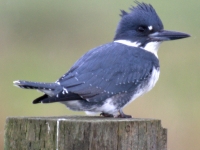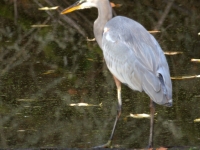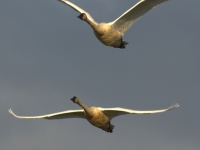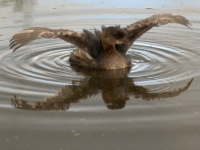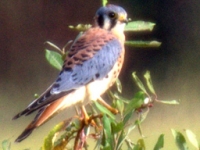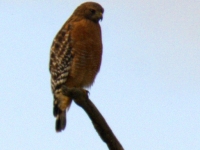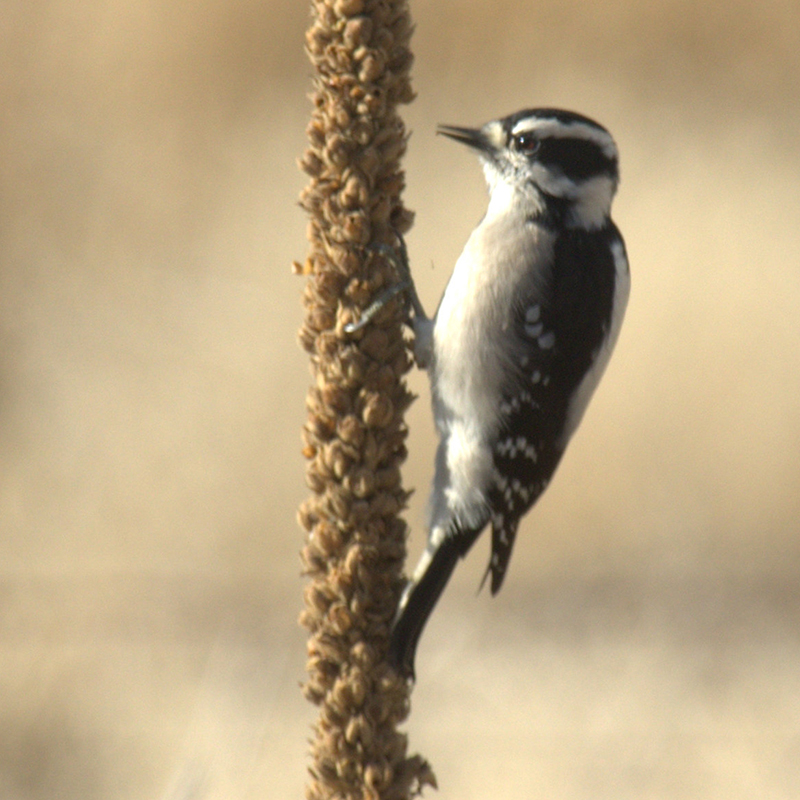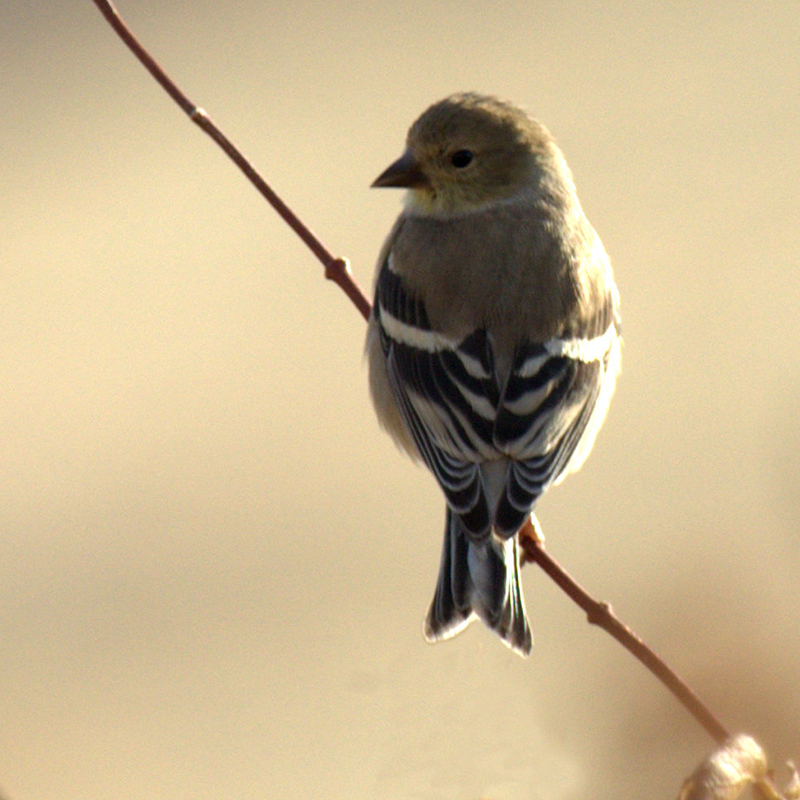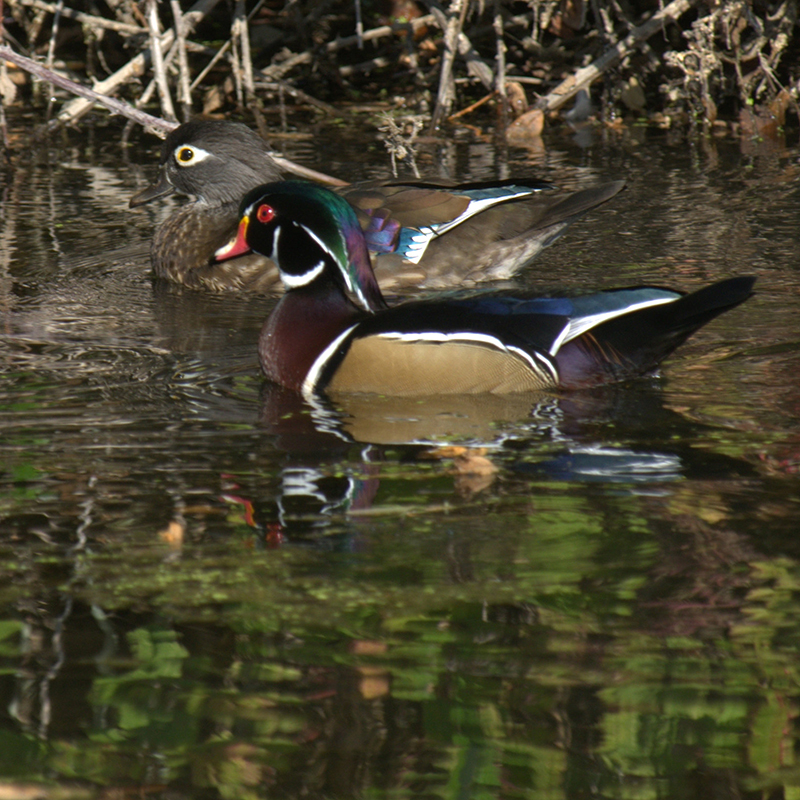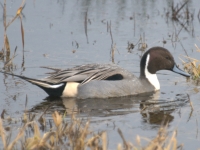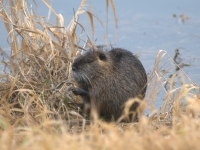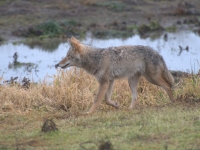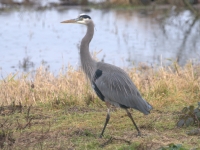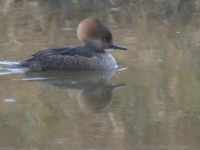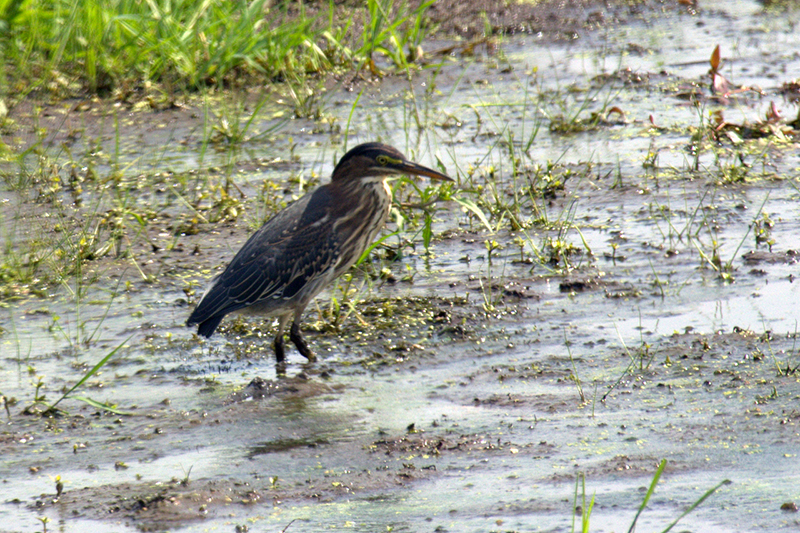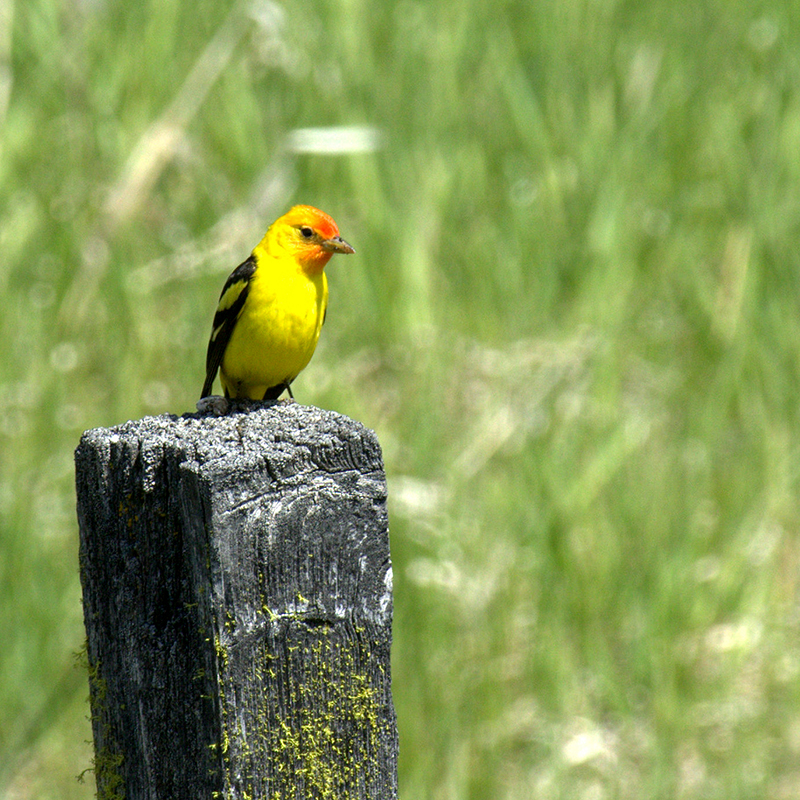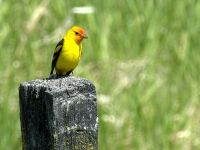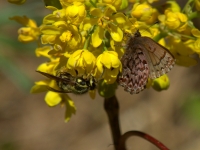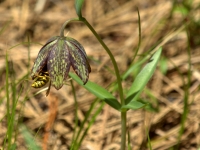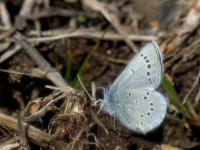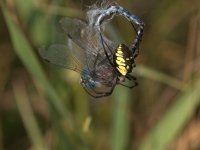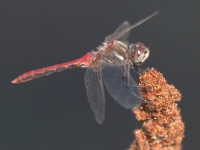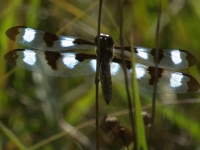A decent photo of the Belted Kingfisher (Ceryle alcyon) has been a goal of mine for several years. The critters are elusive and shy, flying before I get close enough for a good picture. But yesterday at the Ridgefield National Wildlife Refuge in Clark County, WA, I got close… about 15 feet… almost too close for my 300 mm telephoto lens to focus properly. It was a great day for bird watching, temperature in the 50’s, light wind, and some cloud cover. The auto tour is marked with numbers so if you are familiar with those the Kingfisher was sitting on post #12.

Migratory birds were numerous as well as some of the regulars. We must have seen a dozen Great Blue Herons. Tundra Swans were numerous and talkative, sounding like a pack of baying hounds. Two Bald Eagles took residence in a tall tree by #4 and we saw our first Red-shouldered Hawk… the photo of that one came out a bit blurry. Red-tailed Hawks were visible as well as Northern Harriers, mostly females, but one male in residence. A blackberry patch yielded a white-crowned Sparrow and a flock of American Goldfinch. We also saw several Kestrels both perched and hunting. At least a half dozen Great Egrets graced the ponds and we laughed at the Coots, bobbing their heads in rhythm with their feet as they paddled along. Off in the distance we could hear a few Sandhill Cranes talking but they stayed out of sight. Red-winged Blackbirds were singing and visible, hanging on to the cat-tails. Canada Geese were too numerous to count. All in all a great day.
byLarry


